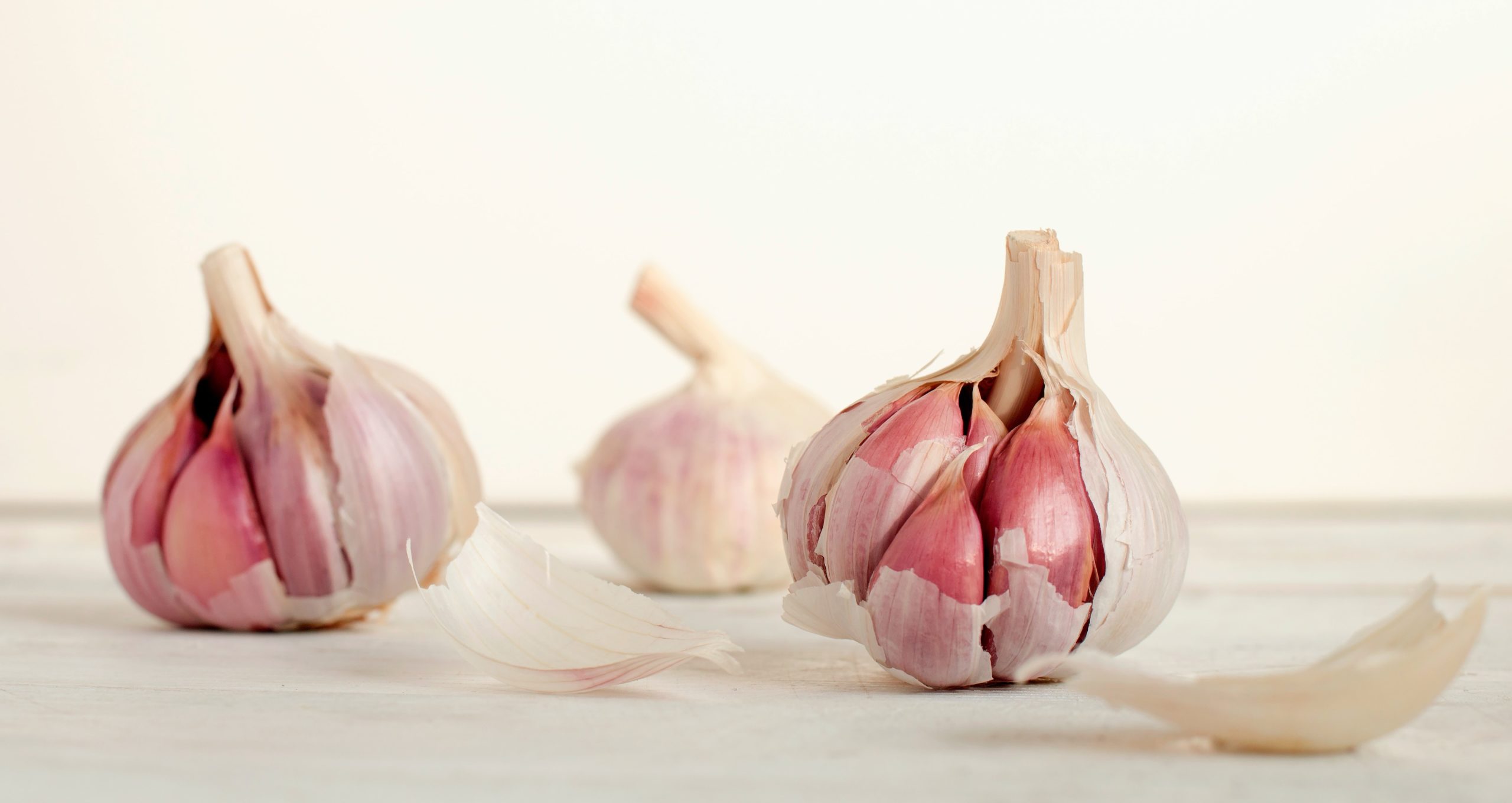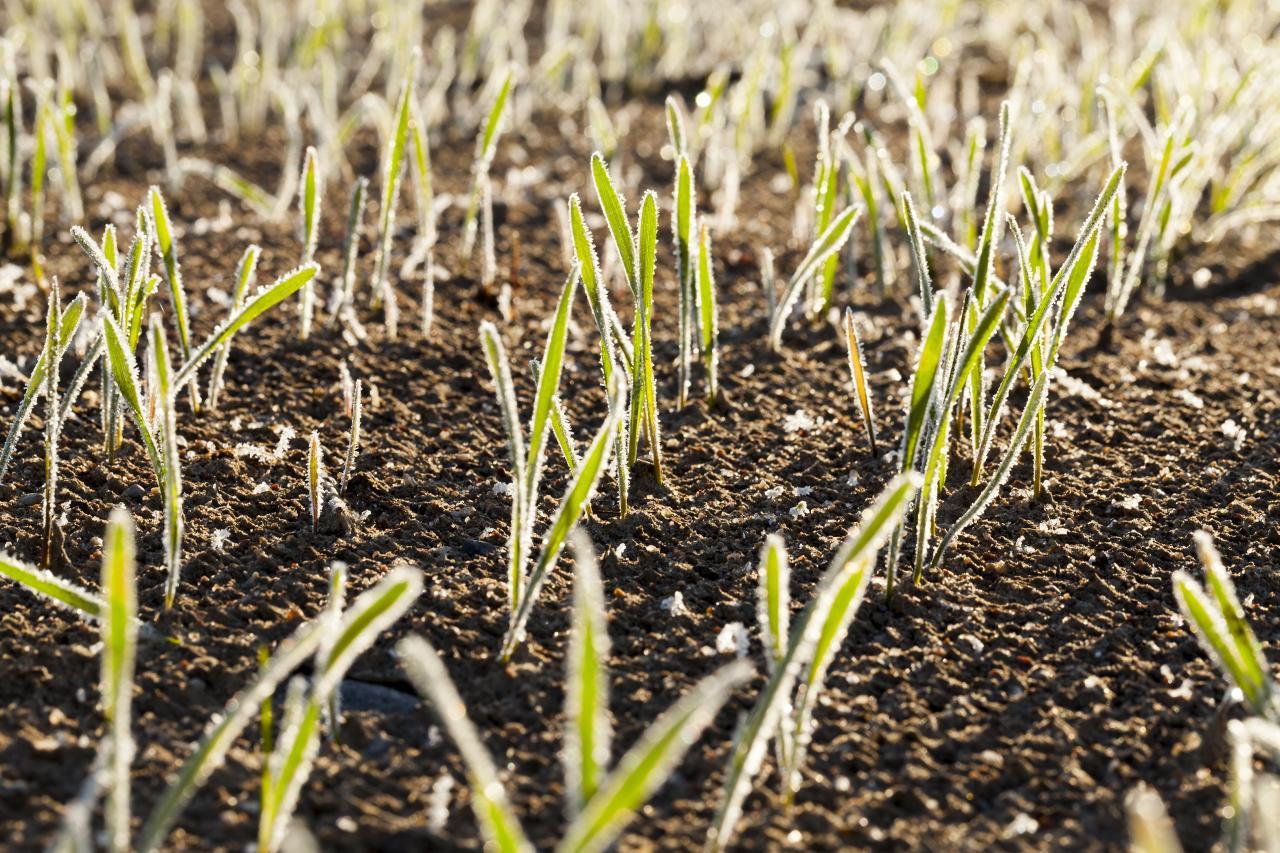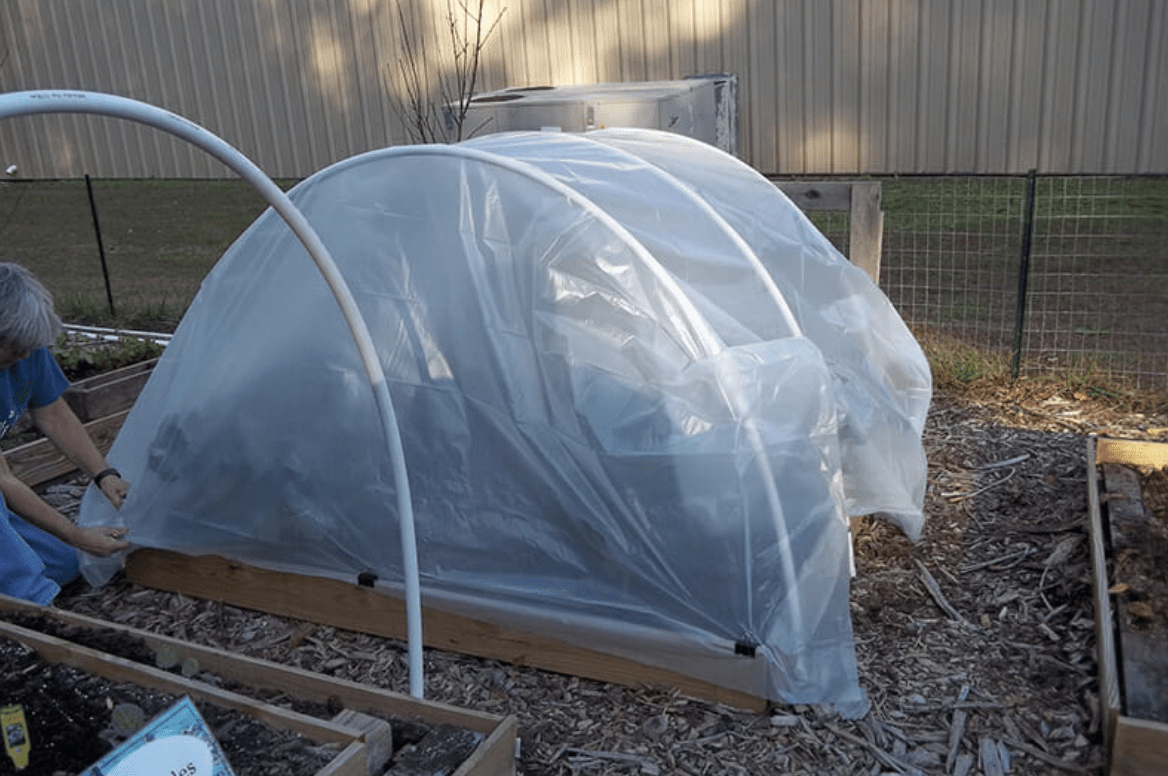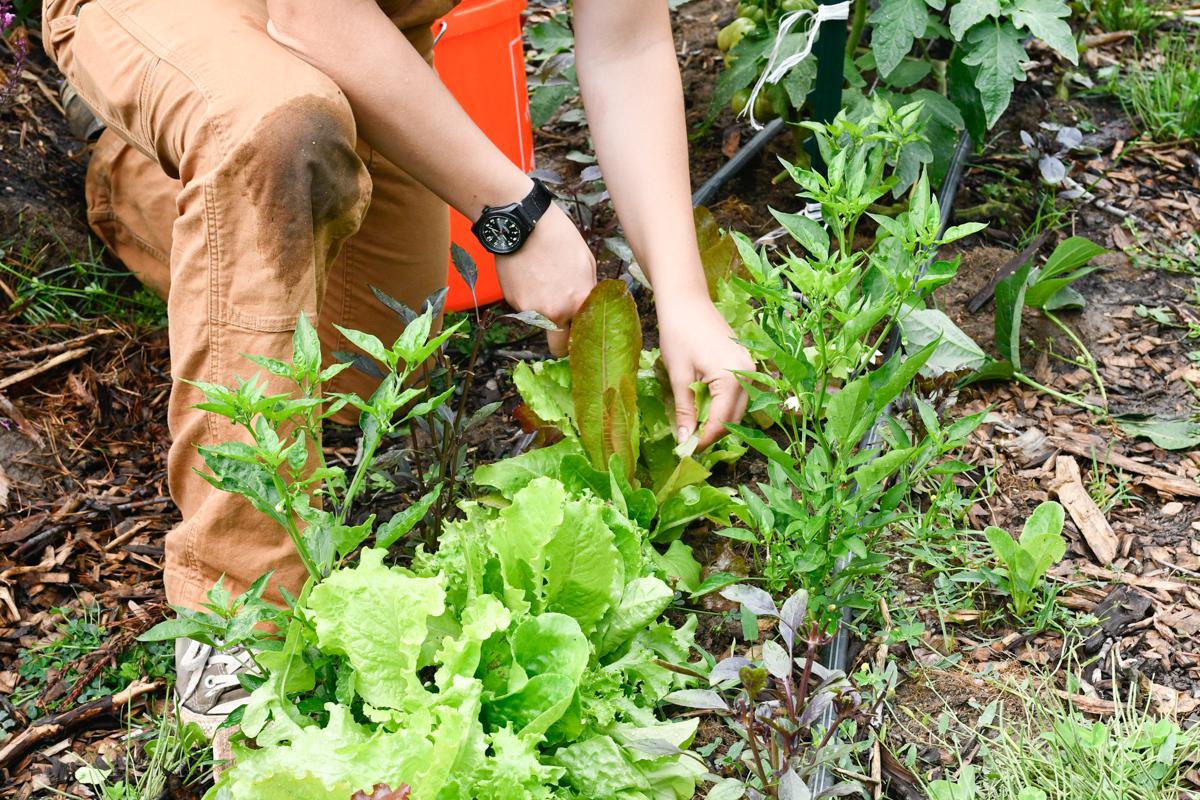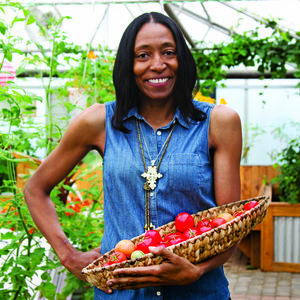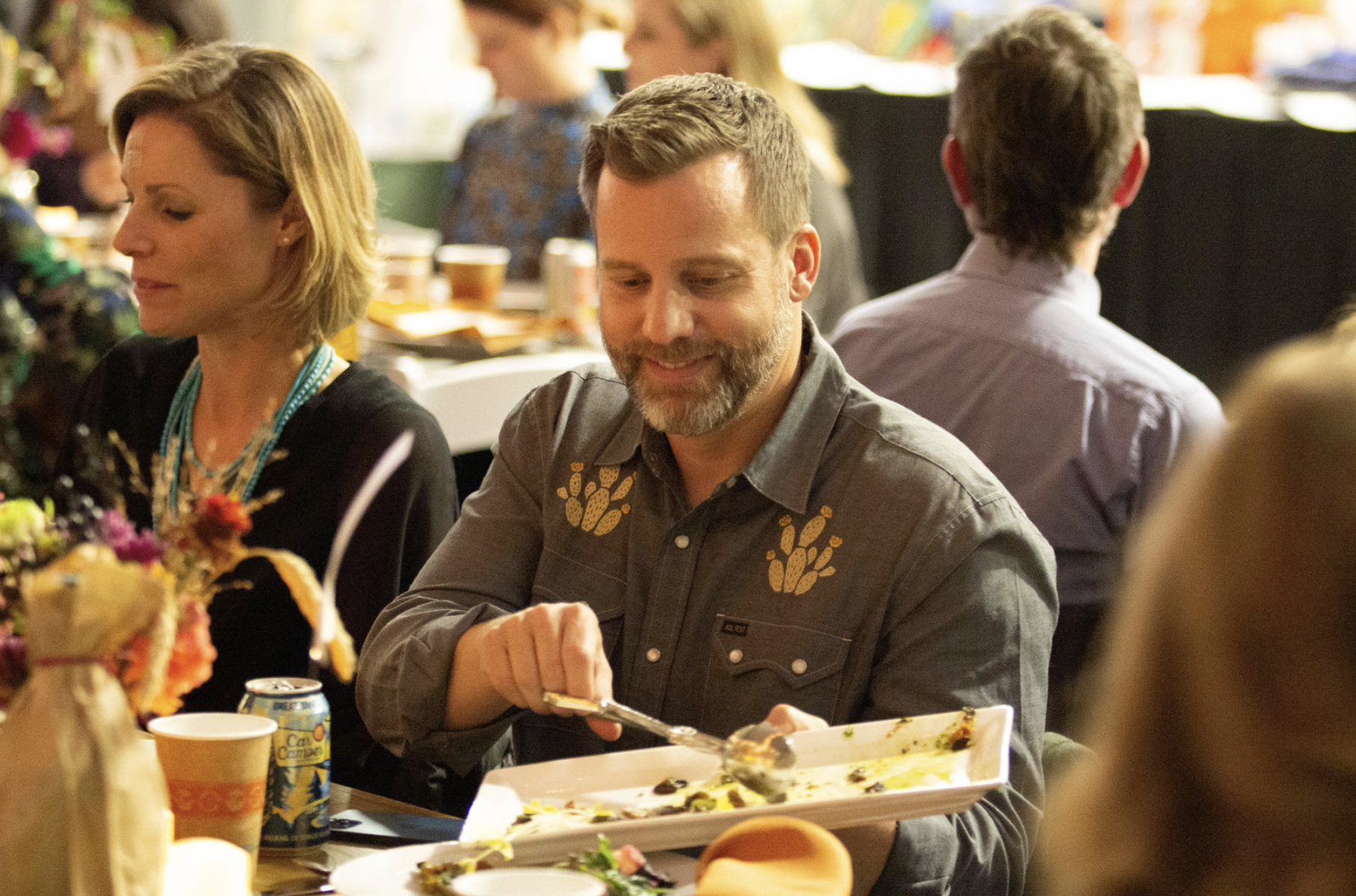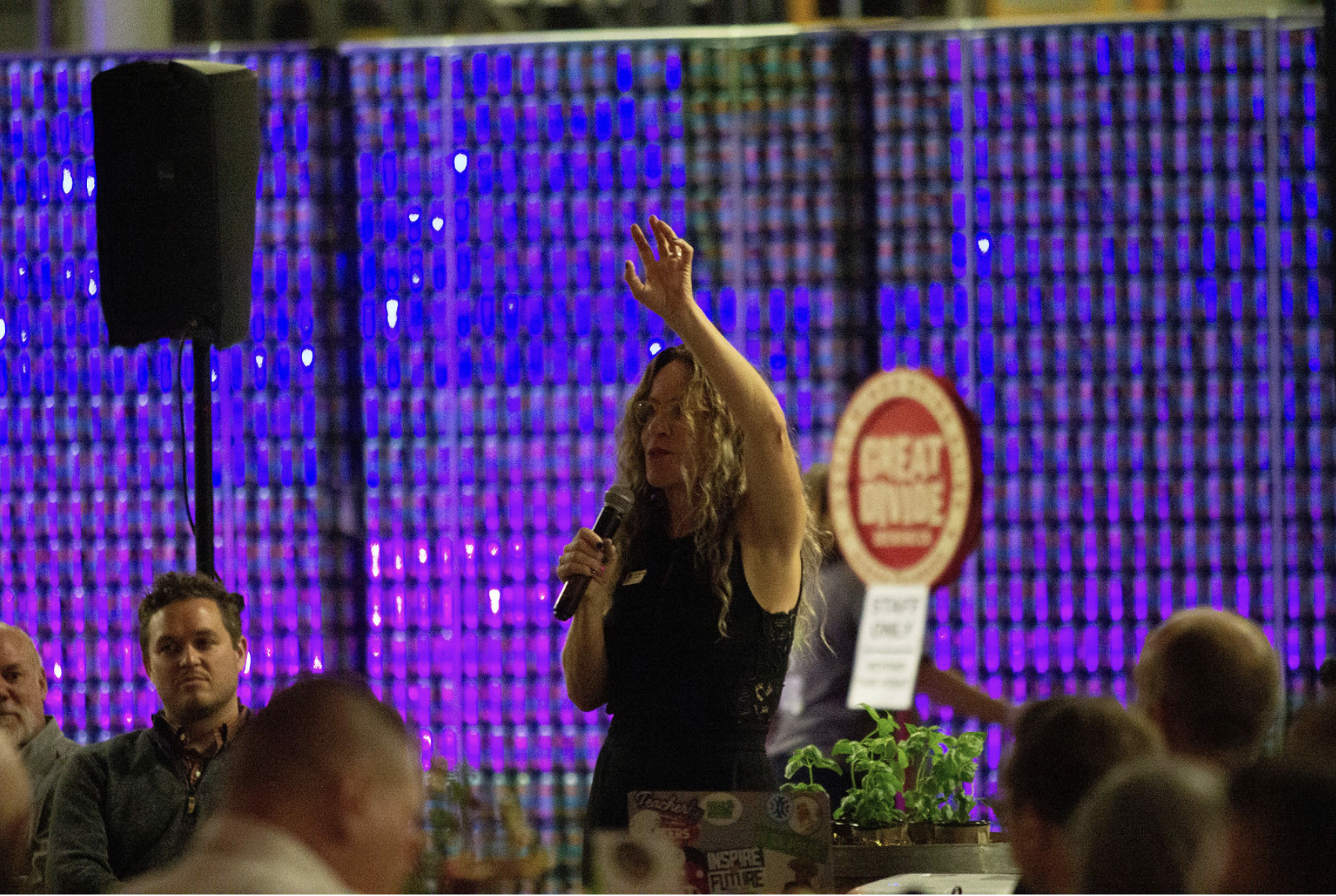Directions
Step 1 – Decide on your spacing for the main frame pieces and measure/mark their placement.
For this build we will space enough for three frame bars. One on each end of the bed with a single bar spaced equal distance in the middle of the bed. Note: For a 4’x8’ bed It is recommended that you do at least three cross bars for support, this will help safeguard against collapse in the case of severe weather.
Step 2 – Hammer your rebar pieces into place where you marked for the frame.
You can place these on either the outside or inside of the bed. For this build we will place the rebar inside the bed, up against the walls of the frame. Leave at least 6 inches of rebar exposed above the surface of the soil. Note: This will all depend on the height of your bed borders, you do not want rebar exposed far above the top of the bed. This is a serious safety hazard. You want to make sure you have enough rebar exposed to secure the frame. If you have a low-sitting bed and have no choice but to leave some rebar exposed, be sure to remove the bar whenever you remove the frame for the season to reduce the chance of injury.
Step 3 – Lay one 10’ piece of PVC the length of the bed, mark both ends 1 inch past the inner length of the bed, and cut accordingly.
This will act as the ridge bar that runs the top length of the cross bars. It will work as the main support beam for the main frame.
Step 4 – Cut your cross bars to a length of your choosing.
For a 4’x8’ bed, it is recommended that you cut them no less than 6’ and no more than 8’. Less than 6’ and you limit your space, while more than 8’ can cause the frame to become less stable and more vulnerable to wind. 6-7’ is the sweet spot.
Note: The length of the cross bars will vary greatly depending on the size of your bed. 6-7’ may be too large for a smaller bed, say 3’x6’. Knowing what you’ll be planting and the size of your bed will help you make the proper height adjustments. If you are unsure and not interested in math equations, take the pvc pipe and attach it to one side of the rebar. Hold it in place, bend it over the bed, and measure how high you want it. Be sure to apply this same measurement to all cross bars.
Step 5 – Place the PVC caps on both ends of your ridge bar to protect the plastic from tearing against the frame.
Step 6 – Run the ridge bar the length of the bed and attach it to the underside of each crossbar with the U bolts.
The open U side should be facing down towards the soil, with the smooth U bend on top of the PVC. If you do not have the bolts or do not want to use them, you can use a variety of tapes, or other fasteners.
Step 7 – Measure and cut your plastic sheeting.
Measure the length of your cross bars (in this case – 6’) and the length of your bed (in this case 8’). Use these two measurements to cut the width and length of your sheet. Be sure to add enough to both measurements to account for the height of the bed itself. If the walls of your bed are 6” above ground, add 8” to both the width and the length. You want to ensure that you have enough extra sheet extending to the ground with a bit extra to spare. The extra plastic will allow you to use weights to secure the sheet on the ground around the edge of the bed.
Note: If you really want to ensure you’re cutting perfectly, you can take the frame pieces and lay them out on top of the plastic, just as they were spaced in the bed, then cut, again, being sure to account for the extra you’ll need to cover the bed frame.
Step 8 – Place the sheet covering over the frame and even it out on all sides.
Use your clamps to secure the plastic to each crossbar. Attach the clamps to the crossbars down near where they intersect with the bed frame to create a partial seal around the edge of the bed. Use your weights, bricks, or other heavy items to secure the extra sheet around the base of the bed, especially in the front and back where you will enter and where the plastic covering is most vulnerable.
Note: You may need to add more clamps to the frame as the weather dictates. Colorado is becoming an increasingly windy environment and wind is a hoop house’s arch nemesis.



